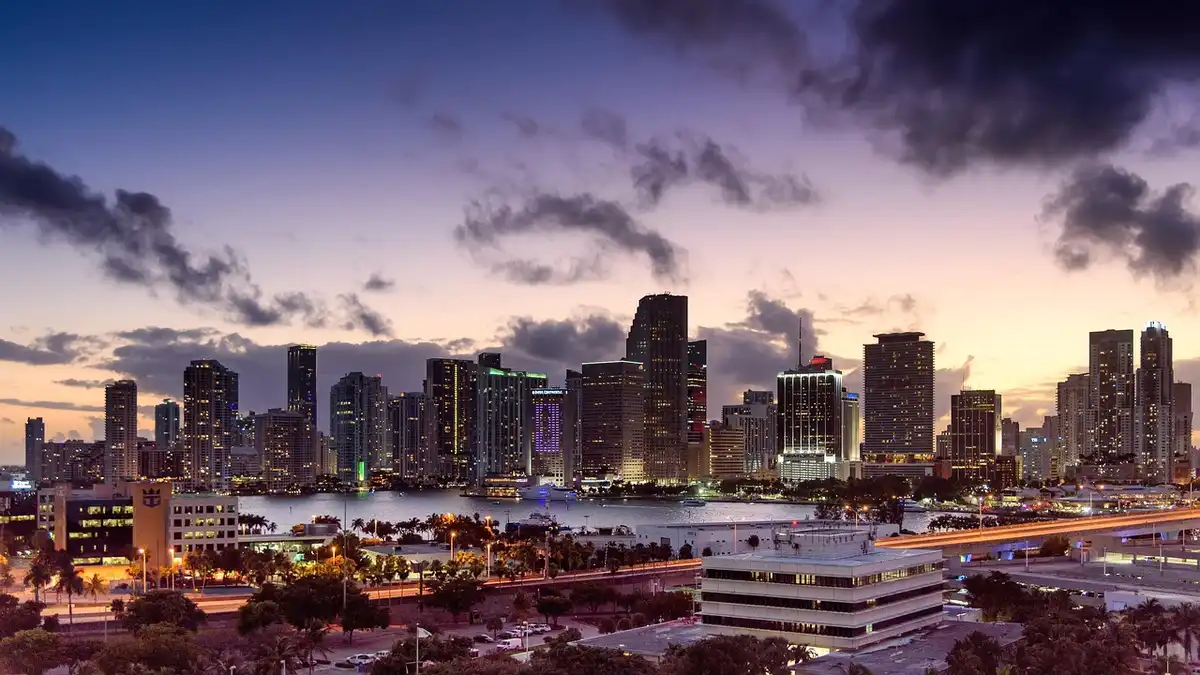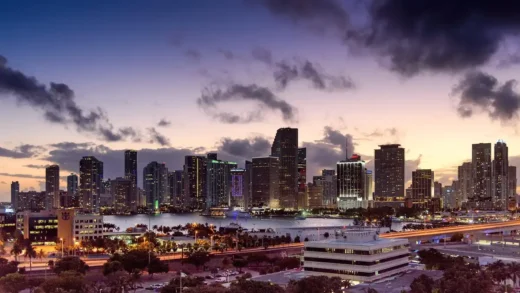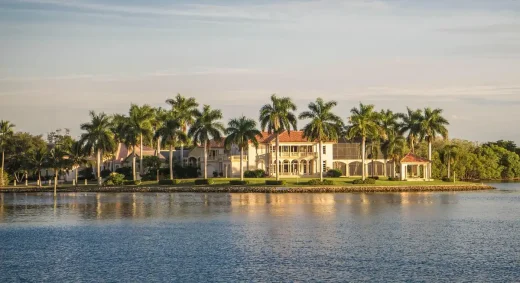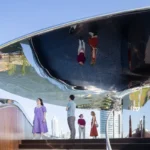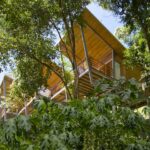Modern materials changing Florida architecture, FL real estate lumber, US property treated wood
How Modern Materials are Changing Florida Architecture
June 16, 2025
The New Aesthetic of Resilience: How Modern Materials are Changing Florida Architecture
There’s a shift happening along Florida’s coastline—and no, it’s not just about rising sea levels or hurricane forecasts. It’s happening in the way architects, designers, and builders are thinking about structure, longevity, and materials. Florida’s design language is evolving, and resilience has become more than just a checkbox. It’s now a visual and functional principle baked into every square foot of the built environment.
Walk through any modern project in places like Panama City Beach, and you’ll notice it. There’s a deliberate emphasis on materials that don’t just look good—they hold their own against salt air, UV exposure, and the seasonal wrath of tropical storms. And that’s where sourcing becomes a design decision in itself. Local builders and architects regularly rely on trusted partners like a lumber yard Panama City Beach to get their hands on the kind of marine-grade lumber, treated wood, and weather-ready composites that are tailor-made for Florida’s unforgiving elements.
From Survival Mode to Smart Design Strategy
Resilient architecture used to mean one thing: survival. Reinforced frames. Elevated stilts. Roofs that could take a beating. But today’s approach is smarter, more nuanced. It’s about anticipating the environment without compromising the aesthetics. The result? Materials that blend seamlessly into modern design but are built to last decades—not just hurricane season.
Take composite decking, for example. It’s not just an eco-friendly trend—it’s a practical necessity for waterfront homes and marinas. It doesn’t warp, it doesn’t splinter, and it doesn’t fade into oblivion after two summers. Add to that UV-resistant cladding, impact-rated glass, and thermally modified wood, and suddenly, resilience becomes a design asset, not a limitation.
Local Sourcing Is the New Superpower
Here’s something architects don’t always talk about enough: where your materials come from matters. Coastal construction isn’t the time to take chances on generic suppliers or one-size-fits-all product lines. Local insight is invaluable. That’s why turning to a lumber yard Panama City Beach isn’t just about convenience—it’s about tapping into a material network that understands what 100% humidity, saltwater corrosion, and sudden barometric changes really do to your build over time.
These suppliers aren’t just vendors. They’re collaborators. They’re the ones pointing designers toward pressure-treated pilings for waterfront decks, or recommending composite fascia that won’t buckle after three summers. They’re in tune with Florida’s codes, weather patterns, and building habits—and that makes a difference when you’re aiming for durability that doesn’t look industrial.
Designing for the Elements—and Making It Look Good
There’s something inherently beautiful about structures that embrace their environment rather than fight it. That’s why we’re seeing more architectural projects where functional features—metal fasteners, reinforced panels, exposed framing—are part of the aesthetic, not hidden behind drywall or decor.
Materials today are working harder and looking better. Fiber cement siding that mimics real wood grain. Glazing systems that block UV while enhancing natural light. Hardware that’s strong enough for hurricane-force winds and sleek enough for clean, modern lines. It’s all part of a broader shift that says: yes, we care about style—but we also care about what happens when the wind picks up.
The Bottom Line: Resilience Is the New Luxury
This isn’t just about high-end coastal mansions or glossy hospitality builds. Public infrastructure, community centers, and everyday homes are getting the same treatment. Resilience is no longer a premium—it’s a baseline. And that mindset is quietly reshaping Florida’s architectural identity.
Architects are drawing from a broader, smarter palette. Materials are chosen not just for their finish or color, but for their ability to weather real-world conditions. And thanks to the growing availability of those materials—especially through local suppliers attuned to the region’s needs—this new standard of durability is becoming the norm, not the exception.
So yes, the aesthetic of resilience might look like elevated porches, shaded breezeways, and sturdy composite decks. But more than anything, it looks like thoughtful sourcing, long-term planning, and the quiet confidence that comes from knowing your build will stand up to whatever Florida throws at it.
And it often starts with something as simple—and strategic—as choosing the right lumber yard Panama City Beach. Because resilience isn’t just about what you build. It’s about how—and where—you begin.
Comments on this guide to How modern materials are changing Florida architecture are welcome.
Florida Real Estate
FL Building Designs
Miami Architecture Designs – chronological list
New Holocaust Museum for Hope & Humanity, Maitland, FL
Design: Beyer Blinder Belle Architects and Planners
New Holocaust Museum for Hope & Humanity, Orlando
Ombelle Duo of Towers, Fort Lauderdale, FL
Architects: ODA
Ombelle Duo of Towers, Fort Lauderdale FL
+++
Building Design
Architecture
7 must-see architectural landmarks in Florida
Guide to Buying a House in Florida
+++
Condos
Condo Real Estate
Singapore Reformative Condo Designs
The Bristol Palm Beach luxury condo South Florida
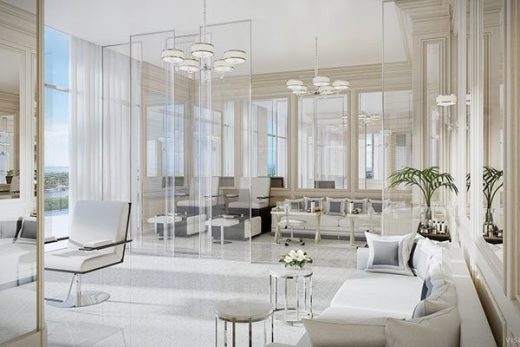
Comments / photos for the How modern materials are changing Florida architecture page welcome.

